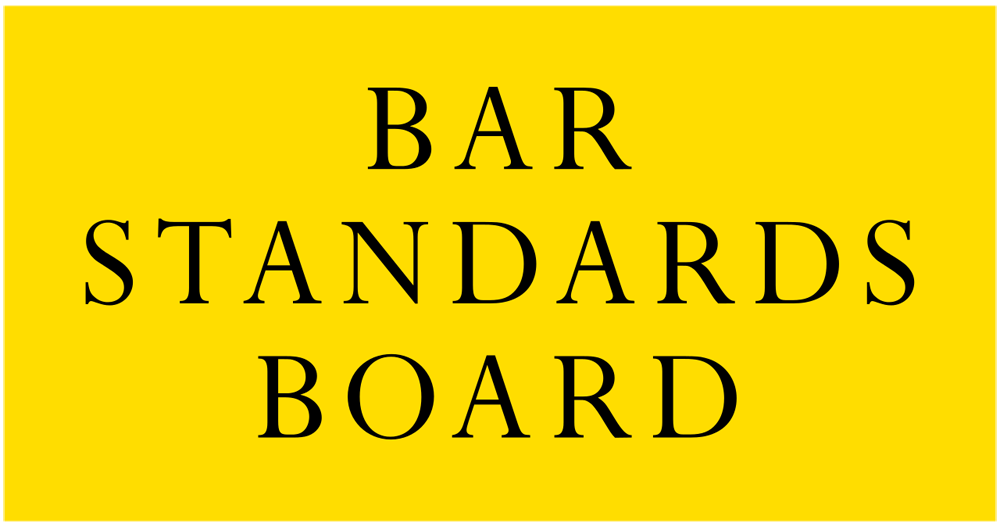The Bar Standards Board (BSB) has today published a summary of the latest available diversity data for the Bar.
The report covers 2023, a year which has seen the continuation of several longer term trends. These include an increase in the proportion of practising barristers who are women; who are from a minority ethnic background; who have primary care of a child; and who are aged 55 or over. The year also saw a relatively large increase in individuals currently undertaking pupillage. The number in the practising or non-practising stage of pupillage as of December 2023 was 572, which is 84 higher than that seen in December 2022, and the highest number seen for any Diversity at the Bar report (the report started in 2015).
The proportion of women KCs has increased from 19.2 per cent in 2022 to 20.3 per cent in 2023. There is still a large disparity between the proportion of the Bar who are women and the proportion of women KCs (40.6% vs 20.3%) but the difference between the two has narrowed slightly in 2023. The percentage of barristers from minority ethnic backgrounds has increased by 0.6 percentage points since December 2022 to 16.9 per cent. That compares to an estimate of 16.7 per cent of the working age population in England and Wales as of April-June 2023. As of December 2023, there was a 3.2 percentage point increase in the proportion of pupils with a declared disability compared to December 2022 (from 12.5% to 15.7%).
This report sets out an evidence base from which relevant and targeted policy is being developed to support the BSB in meeting its statutory duties under the Equality Act 2010, the Legal Services Act 2007 and in achieving its equality and diversity objectives under the Equality and Diversity Strategy 2022-2025. You can read the full report on our website.
Commenting on the report, Mark Neale, the Director General of the Bar Standards Board, said:
“It is encouraging to see the Bar continuing to become more representative of the society that it serves, with increases in 2023 in the proportion of women barristers, barristers from minority ethnic backgrounds and barristers with disabilities. Despite this progress, these groups remain underrepresented at the most senior levels of the Bar. This underlines the importance of the work we are doing to review our equality and diversity rules and to work proactively with the profession to support barristers and chambers in meeting those rules. I would urge all barristers to respond to the questionnaire we include when barristers renew their practising certificates, so that we can obtain the most accurate picture of the diversity of the Bar.”
